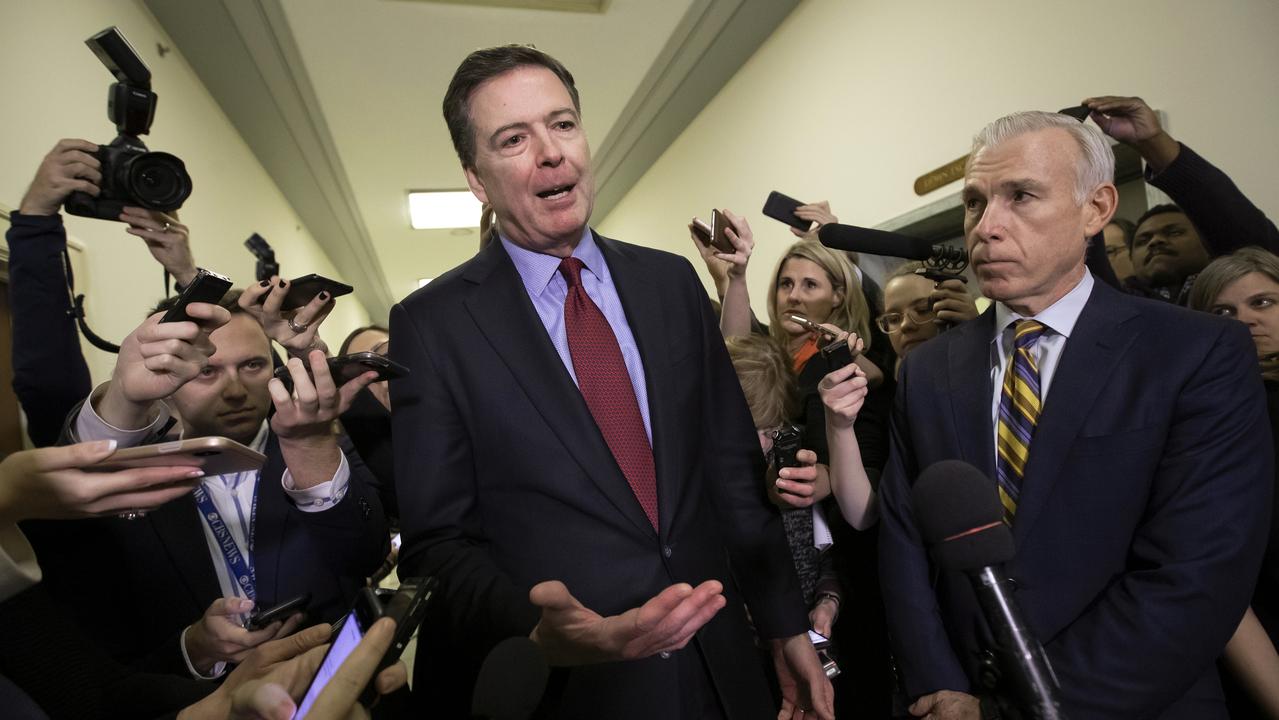Forks in the steep road to prosperity
AUSTRALIA faces tough choices in determining its economic course.

THE future course of public policy has rarely been so contested over such a wide range of issues.
The Abbott government came to office promising to end the carbon and mining taxes, stop the boats and pay down the debt.
Since its election, the policy divide has widened over the state of the budget, the future of welfare, the funding of health and education, industry support and state privatisations.
Undeterred by poor poll ratings, the government is marching deeper into the reform of taxation and the federation ahead of the next election, while also volunteering to go to that poll promising reduced indexation of age pensions and a higher retirement age.
It is also preparing to chalk out broad policy reforms in competition policy and the running of the financial system.
It is an ambitious policy agenda. “Policy drift is the refuge of the political opportunist who has forgotten the purpose of public life,” Tony Abbott said last week.
The Prime Minister harks back to the reforms that began with the Hawke and Keating governments and extended through the Howard government, which he describes as “a golden quarter century of political courage and economic reform — good governments from both sides of the political fence made Australia more competitive, more innovative and more productive”.
Abbott declares he is prepared to brook short-term unpopularity to press his policy reforms home.
“The decisions that we now acknowledge have shaped our country and have set up our prosperity have often been unpopular in the short term and initially difficult for the governments that made them,” he says.
However, it is also an agenda that must get through a difficult parliament, with the government lacking a majority in the Senate, where an unpredictable group of crossbenchers can align with Labor and the Greens to frustrate the government’s intentions.
Popularity is one thing, but the government must be able to convince senators outside its party that the policy reforms are right, and to do so it must win at least a measure of public acceptance.
Bill Shorten dismisses Abbott’s claim to Bob Hawke and Paul Keating’s mantle of reform, presenting him instead as a class warrior determined to do strip away Labor’s legacy of progressive policy across the spectrum from climate change to industrial relations, Medicare, school funding and welfare.
“He’s an ideological bruiser who relentlessly crusades to divide Australian society into ‘goodies’ and ‘baddies’. That’s what makes his recent attempts to claim the Hawke-Keating tradition so fraudulent,” says Shorten.
“The great lesson of that Labor era is that enduring reforms come from consensus, not conflict. Progress is forged in a crucible of consultation, not division.”
Labor accepts that work needs to be done to bring the budget back into balance. However, it does not accept that there is a “budget emergency” needing savings of the kind outlined in the budget.
The Australian and the Melbourne Institute’s Economic and Social Outlook Conference in Melbourne on Thursday and Friday explores the debates over policy reform, the outcome of which will dictate the nation’s growth.
There is not yet the sense of urgency that would galvanise political forces into the Hawke-era consensus Shorten cites.
However, time is pressing. Deloitte Access Economics partner Chris Richardson says there are just three ways Australia can raise living standards: a larger share of the population can join the workforce, we can work more efficiently, or the world can agree to pay more for our products.
Through the 1970s and 80s, Australia enjoyed a demographic dividend as the baby boomers joined the workforce, raising participation rates. This had disappeared as a source of significant growth in living standards by the 90s, but then the reforms of the 80s and 90s started to pay off. Improved productivity growth raised living standards through the 90s, while in the past decade, China’s desperation for Australia’s resources has led it to pay vastly higher prices than before.
However, Richardson notes that the proportion of the population in the workforce reached its peak in 2010 and will spend the decades to come in decline. The prices our miners receive for their exports passed a peak in late 2011, while the level of investment in the resources sector peaked in 2012.
With demography and export prices now working against Australia, it desperately needs productivity growth to support living standards. However, Richardson says this can also be hard to get.
“There is a chunk of productivity growth that comes from taxpayers paying for it, whether that is infrastructure or spending on education. The state and federal budgets are in so much trouble that you wouldn’t rely on the purchased component of productivity to outperform in years to come.”
Yet the bottom line is that without commitment to policy innovation, many of the gains in living standards achieved over past decades will be reversed.
The Australian National University’s Warwick McKibbin says the pressure for reform will increase from international forces. He believes the Australian dollar will remain stronger for much longer than anyone expects.
“We’re starting from a bad position with very high input costs and a fiscal position that needs to be addressed,” McKibbin says.
He says many people assume that when the central banks start winding down their liquidity expansion, the money will go back to the US; however, he believes there will be big portfolio shifts to Australia, taking advantage of our exposure to China and our better fiscal position relative to other advanced countries.
For the government, the budget was the starting point in its reform push. It took a Treasury analysis showing the underlying growth in government spending was around 3.5 per cent, after allowing for inflation, while tax revenue could not realistically be raised beyond 25 per cent of GDP. Even this would involve bracket creep eroding most of the gains delivered to households through tax cuts over the past decade.
The audit commission appointed by the Abbott government focused its effort on the 15 programs that account for more than half of commonwealth spending, most of which have a social equity component. The government’s adoption of many of the commission’s recommendations has led to a debate about the role of government in ensuring equity versus the need to guard against a growing sense of entitlement to benefits.
The chief executive of the Australian Council of Social Services Cassandra Goldie says that while Australia has the most targeted welfare system in the world, we should do better in helping people off welfare and back into the labour market. She argues the biggest challenge is generating employment opportunities for those marginalised from the economic mainstream, whether through subsidising wages for employers who take on the long-term unemployed or though providing greater support to those who want to start their own business. “There are just not enough jobs for people who want to work,” she says.
The audit commission justified its focus on the spending side of the budget by arguing that personal taxes could not be raised much further while our company tax rate is already one of the highest in the world. The government has commissioned a review of the tax system and tied this also to a review of the structure of federation.
University of NSW’s Chris Evans fears that this review, pushing responsibilities back onto the states, will be heading in the wrong direction. “In the digital age, increasing the responsibilities of smaller sub-sovereign entities is not the way to go.” He argues the architecture of the tax system is no longer fit for purpose, with the corporate tax base diminishing worldwide.
While the G20 and the OECD are fighting a rearguard battle to preserve company taxation, Evans argues they will lose unless the world can agree to taxing global companies as single entities with revenue apportioned according to where economic activity occurs.
The alternative is to turn to new forms of taxation, such as an expenditure tax, which captures all outlays other than savings and investment. However, Evans says there is no point in exploring such options if the proceeds are simply going to be directed to state governments operating in the same way they have before.
They are huge challenges, reaching far beyond the simple, yet politically vexed, question of whether one lifts the GST rate.


